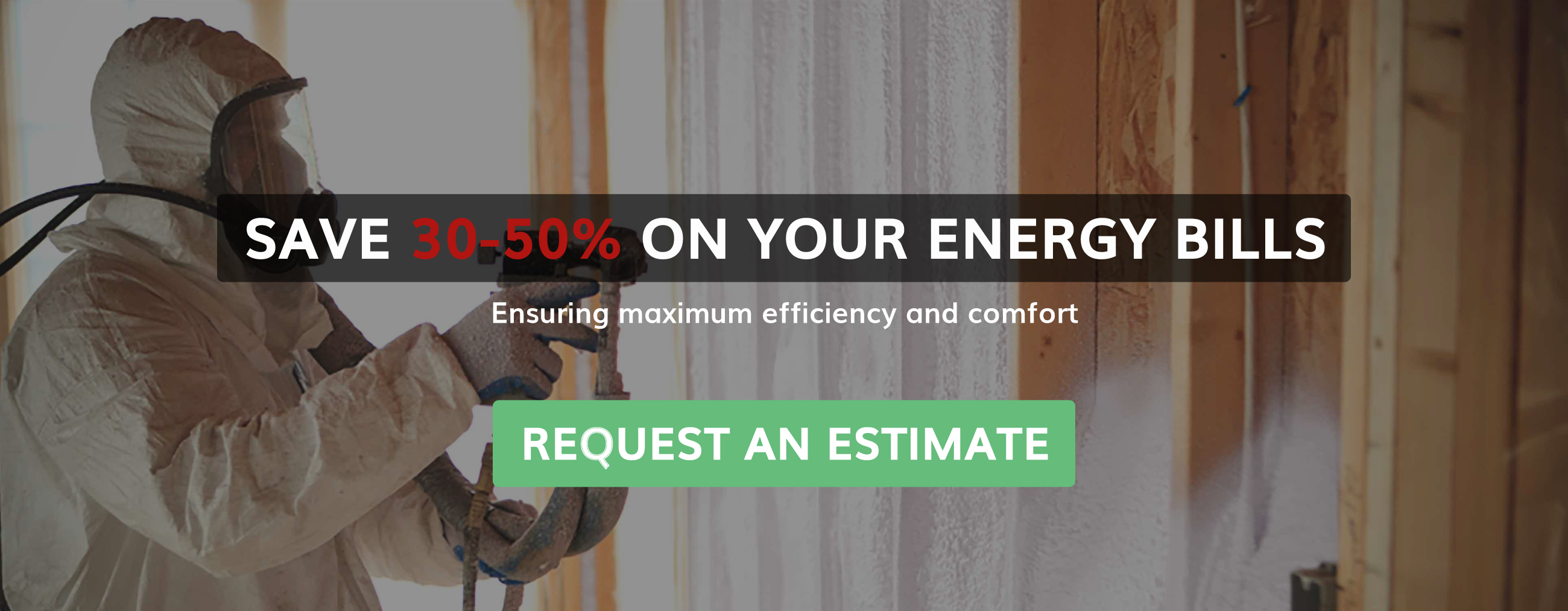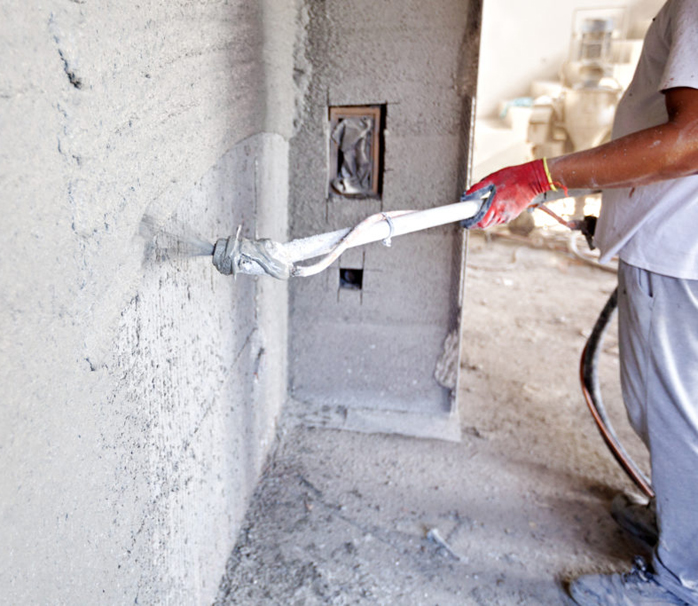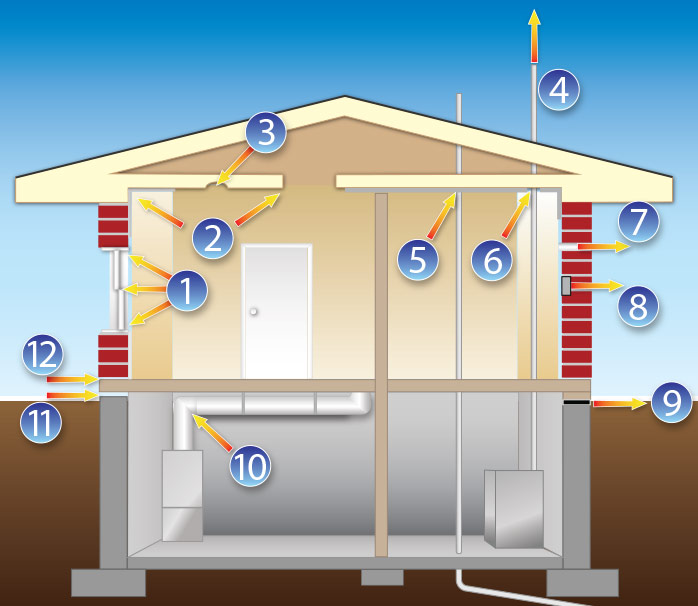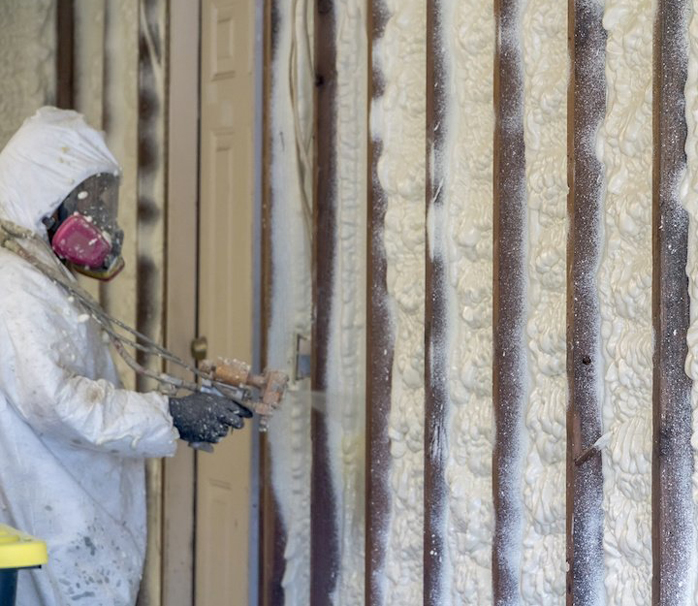Why Choose Eco Spray Foam Of Long Island
Only Top Quality Products and no shortcuts ever
Extensive Quality Control – all work is performed to the highest industry standards
Solid Science – our experts understand the principles of heat, air and moisture flow, and how the building envelope interacts with a building’s mechanical systems as well as its occupants
Dedicated Project Manager to oversee your project from start to finish
Constant Communication – from the beginning of a project to its end, our company places a high priority on listening – to you, your needs and wishes.
Locally Owned & Operated – we live and work in our Long Island community, and we take care of our customers like family
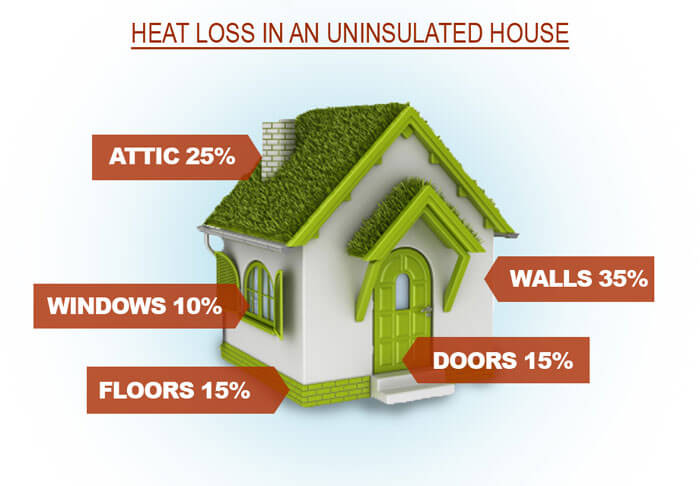
A SOLUTION FOR ALL YOUR INSULATION NEEDS
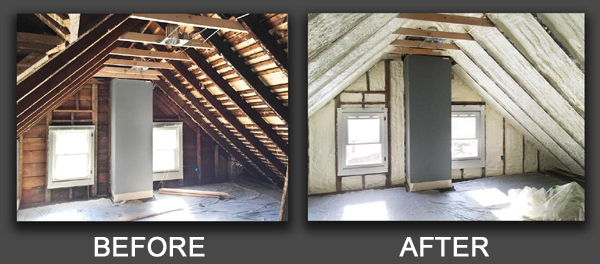
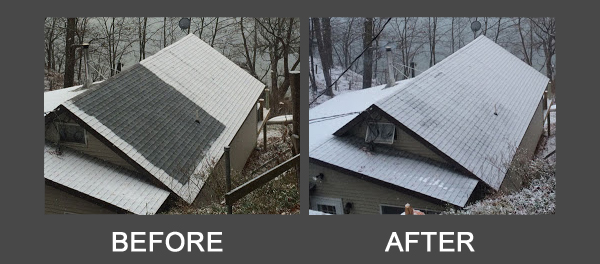
OUR SERVICE SECTORS
We serve all sectors of the market – from architects looking to design energy-efficient buildings, building owners looking to keep energy costs low in the long run, general contractors that want to provide superior products to their clients, or homeowners looking to improve their homes’ energy efficiency.
FOR HOMEOWNERS
With energy costs accounting for a significant part of our monthly budgets, it’s no surprise that energy efficiency is a top consideration.
FOR CONTRACTORS
We make it easy for you to deliver an energy-efficient building, while fitting into your project schedule seamlessly.
FOR BUILDING OWNERS
For building owners looking for long-term energy efficieny solutions, we can deliver the highest R-Factor insulation available.
BENEFITS OF INSULATING YOUR HOME
One of the most important steps is to make sure your home is properly insulated to minimize heat loss in winter and heat gain in summer. Upgrading your heating system might make your home warmer, but if it can’t hold the heat in, you’ll be wasting energy. You can upgrade the insulation in many of the key heat loss areas of an existing house (attic, basement, etc.) without too much trouble or expense. If you are building a new home, take the opportunity to insulate it well.
Reduce your energy bills
In an existing house, the attic is generally the most cost-effective place to add insulation. A well-insulated attic can reduce year-round energy use by 20-60%, saving you money. If you are considering a new heating system, but haven’t upgraded your insulation, it’s best to do the insulation first as you might be able to buy a smaller heating system after. If you are building a house, good insulation installed properly is a cost-effective way to reduce your heating and cooling needs.
Health & comfort
A well-insulated house is a more comfortable one. Insulation holds in heat during cold weather and keeps the house cool when the weather is hot. Ensure you have adequate ventilation so you don’t capture moisture indoors. Another benefit is improving the air quality inside your home.
Environmental considerations
The energy savings from upgrading home insulation definitely benefit the environment, but not all insulations have equal environmental impacts. Some involve toxic manufacturing processes and are hazardous to install. Our installation services are not dangerious by any means.
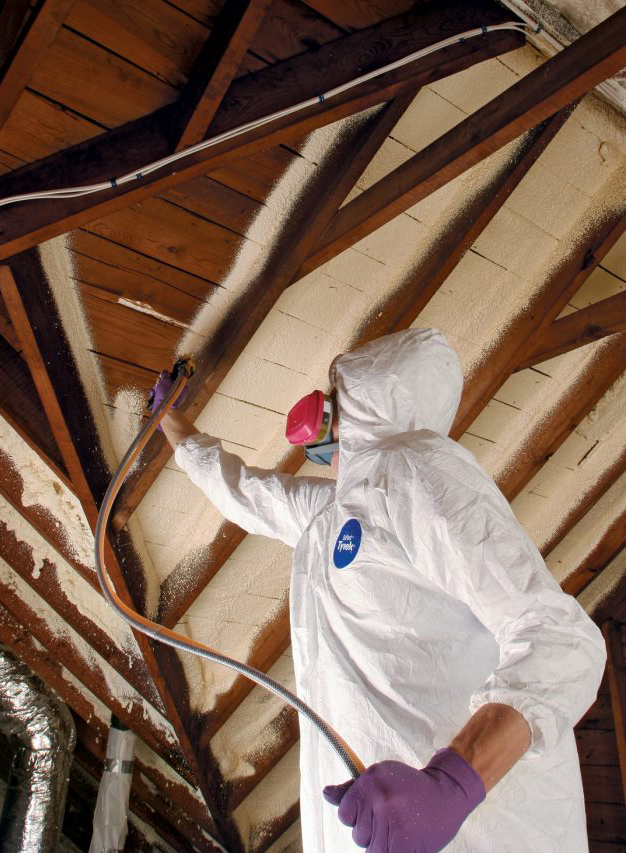


Learn More About Spray Foam Insulation
Types of Spray Foam Insulation: Which is Right for You?
Polyurethane spray foam insulation is available in two types, open-cell and closed-cell foam, and comes in multiple densities. Each variation is suitable for different types of projects. All spray foam is an energy-efficient and airtight insulation solution but their different properties make them ideal for different projects.
Open-cell spray foam vs. closed-cell spray foam
Open-cell and closed-cell spray foam both insulate homes, but they perform differently and for different project types. Open-cell foam is made of cells that are left open. When it is cured, the end result is a soft, flexible insulation material. Open-cell foam expands up to three inches after being applied.
Alternatively, closed-cell foam is made of closed cells, which is rigid and dense compared to open-cell foam. Water and air are not able to penetrate the closed-cells, making it ideal for exterior walls. Closed-cell foam expands about one inch when sprayed.
So which type of spray foam is ideal for your project? Due to its expanding properties, open-cell foam is ideal for soundproofing, for insulating hard to reach areas, and for very small spaces like door frames and outlets.
Closed-cell foam is much more ideal for insulating exterior walls and under rooftops as it provides a much denser and resistant seal to the outside air. It is water resistant, which protects from water penetrating the barrier. It is more expensive than open-cell foam, but will add structure and stability to areas where it is used.
The difference between high-pressure and low-pressure spray foam
Low-pressure spray foam is often found in DIY froth kits or cans that can be purchased and used on small projects. It cures much slower than high-pressure spray foam. DIY spray foam projects include insulating around electrical outlets, around door and window frames, or on small cold spots.
High-pressure spray foam is used by professionals and on large projects to seal roofs, homes, and buildings. Unlike low-pressure spray foam, high-pressure spray foams are run from a truck and machine which ensures the material is mixed thoroughly and properly. It’s best to leave high-pressure jobs to the professionals so they can ensure your home is safely insulated and up to building codes.
Spray foam densities
There are three densities when it comes to spray foam: high-density, medium-density, and low-density.
Low-density spray foam is airtight but not moisture proof. Because of its structure, it is also efficient at absorbing sound. Also known as open-cell spray foam, it can be used to insulate walls, attics, ceilings, ducts, and crawl spaces. It weighs about 0.5 pounds per cubic foot. Low-density spray foam stays soft, flexible, and plastic-like when it is finished curing.
Medium-density spray foam is the most common type of spray foam used in new home construction. It is often used when the greatest R-value possible is needed. Medium-density spray foam is usually moisture resistant and weighs about two pounds per cubic foot.
High-density spray foam is used when the highest possible strength is needed as it weighs about three pounds per cubic foot. It is often used in rooftops and exterior walls and provides a thick layer of insulation. It is also water resistant.
Using high-density spray foam adds to the structural strength of a building and can help it withstand winds and other environmental deterioration. It can even be used as roofing material or replacement for insulation sheathing in some areas of the United States.
Suffolk Townships We Serve
Babylon
Brookhaven
Huntington
Islip
Riverhead
Smithtown
Southold
Nassau Townships We Serve
Hempstead
North Hempstead
Oyster Bay
Glen Cove
Long Beach
The experience was great from the first meeting, through the quote process and all of the time they took to determine a solution that works for me and my family. I never felt pressured to buy nor do “the whole job”. Highly recommended!
They completed a full attic insulation on our house. Two other companies we contacted before Eco Spray Foam couldn’t offer us a solution that we felt comfortable with and, frankly, didn’t seem to take our concerns seriously. A+++
We had Eco Spray Foam come to our home to discuss our options on spray foam. The tech was very knowledgeable and offered solid advice on what should be done at our home, we ended up hiring them and we couldn’t be happier with the outcome.

